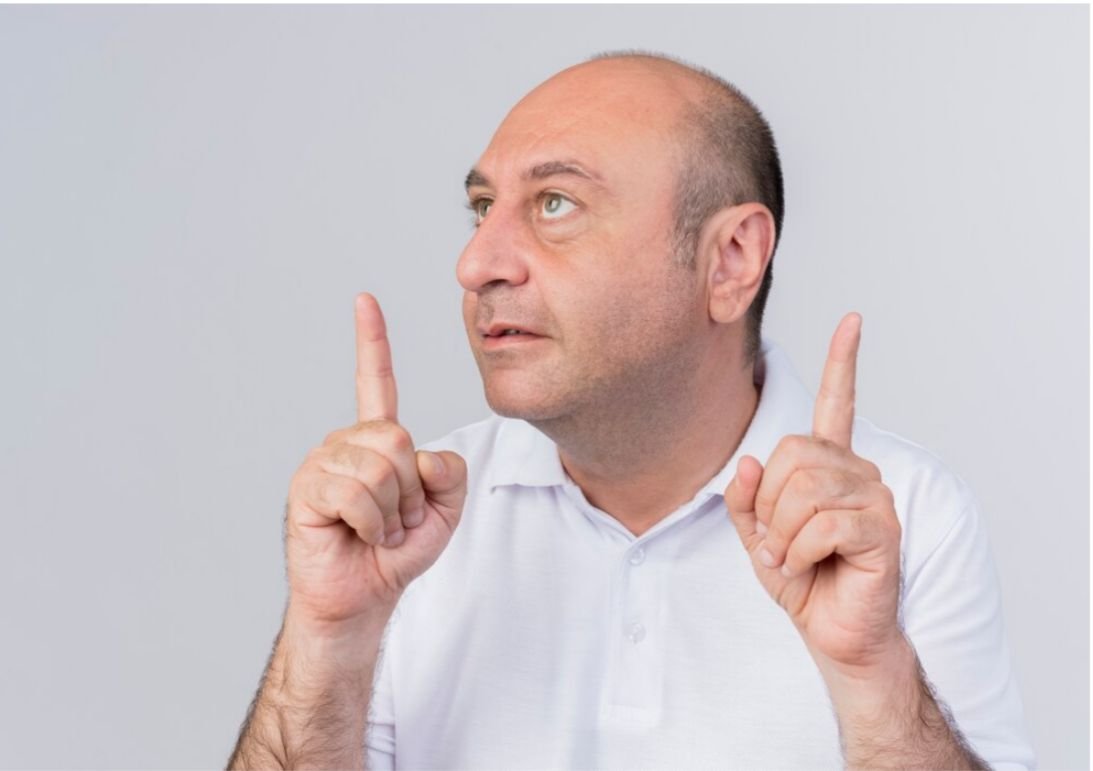What is Hair Transplant Surgery?
Hair transplant surgery involves transferring hair follicles from one part of the body (typically the back or sides of the scalp) to a balding or thinning area. This surgical procedure is designed to provide long-lasting results for individuals struggling with hair loss.
Different Types of Hair Transplants
The two primary methods of hair transplantation are:
Follicular Unit Extraction FUE
This is a minimally invasive technique where individual hair follicles are harvested from the donor area and implanted into the recipient area.
Follicular Unit Transplantation (FUT)
In this method, a strip of scalp is removed from the donor area, and individual follicular units are extracted from this strip and transplanted to the balding areas.
Who is a Good Candidate for Hair Transplant Surgery?
Not everyone experiencing hair loss is a good candidate for hair transplant surgery. Factors such as age, health, and the severity of hair loss play a role. Ideally, candidates should:
Be in good general health.
Have realistic expectations about the outcome.
Display sufficient hair density in the donor area.
Individuals with extensive hair loss or those with certain medical conditions may not be ideal candidates.
Types of Hair Transplant Procedures
Follicular Unit Extraction FUE
FUE is often favoured due to its less invasive nature and quicker recovery time. With this technique, individual hair follicles are extracted from the donor area and transplanted to the balding or thinning regions. This results in minimal scarring and a more natural look.
Follicular Unit Transplantation FUT
FUT is a more traditional method where a strip of skin is taken from the donor area, and the follicles are carefully dissected and implanted. While this method may result in a small linear scar, it can often yield a higher number of grafts, making it ideal for those with more
extensive hair loss.
Other Techniques and Innovations
Recent advancements include robotic hair restoration and stem cell hair transplants, offering even more precise and less invasive options for patients.
Benefits of Hair Transplant Surgery

Natural-Looking Results
Modern techniques ensure a natural look, with the transplanted hair blending seamlessly with the existing hair.
Permanent Solution
Unlike temporary hair loss treatments, hair transplant surgery offers a long-lasting solution.
Boost in Confidence
Regaining a full head of hair can dramatically improve self-esteem and overall appearance.
Risks and Side Effects
While hair transplant surgery is generally safe, there are potential risks:
Infection:
Though rare, infections can occur if post-operative care is not followed properly.
Scarring:
Depending on the method, some patients may experience scarring in the donor area.
Shock Loss:
In some cases, the transplanted hair may temporarily fall out before regrowing.
To minimise risks, follow your surgeon’s advice and attend all follow-up appointments.
How to Prepare for Hair Transplant Surgery
Before undergoing surgery, you’ll need a pre-operative consultation where your surgeon will evaluate your hair loss and recommend the best course of action. Some general pre-surgery guidelines include:
Avoiding blood thinners and alcohol in the days leading up to the procedure.
Stopping smoking, as it can impede the healing process.
What Happens During the Procedure?
Hair transplant surgery typically takes anywhere from 4 to 8 hours, depending on the number of grafts needed. The steps generally include:
Preparation of the Donor Area
Hair is trimmed, and the donor area is numbed with local anaesthesia.
Extraction of Hair Follicles
The surgeon removes follicles or strips of scalp (depending on the technique).
Implantation
The harvested follicles are meticulously placed into the recipient area.
Completion and Dressing
After the grafts are in place, the scalp is bandaged, and post-op care instructions are given.
Recovery Process
Recovery after a hair transplant is usually straightforward. You may experience mild swelling or discomfort in the treated areas, but these symptoms subside within a few days. You’ll need to follow specific care instructions such as:
Avoiding vigorous activities for the first week.
Not washing your hair for a few days.
Using prescribed medications and ointments.
Results:
What to Expect
Initial results may take 3 to 4 months to become visible, as the transplanted hair goes through a shedding phase before regrowth begins. Final results, including a full head of hair, can take up to a year.
Cost of Hair Transplant Surgery
The cost of hair transplant surgery can vary widely depending on several factors, including:
The technique used FUE vs. FUT.
The number of grafts needed.
The location of the clinic.
On average, hair transplants can range from $4,000 to $15,000 globally.
Choosing the Right Surgeon

Selecting a skilled and experienced surgeon is crucial to achieving successful results. Look for:
Credentials and Certifications: Ensure the surgeon is board-certified in hair restoration.
Experience:
Look at before-and-after photos of previous patients.
Reputation:
Check patient reviews and testimonials.
Alternatives to Hair Transplant Surgery
If surgery isn’t an option, consider alternatives such as:
Medications:
Finasteride and Minoxidil can slow hair loss.
Non-Surgical Treatments: PRP Platelet-Rich Plasma therapy and laser therapy are non-invasive alternatives.
Myths and Misconceptions About Hair Transplant Surgery

